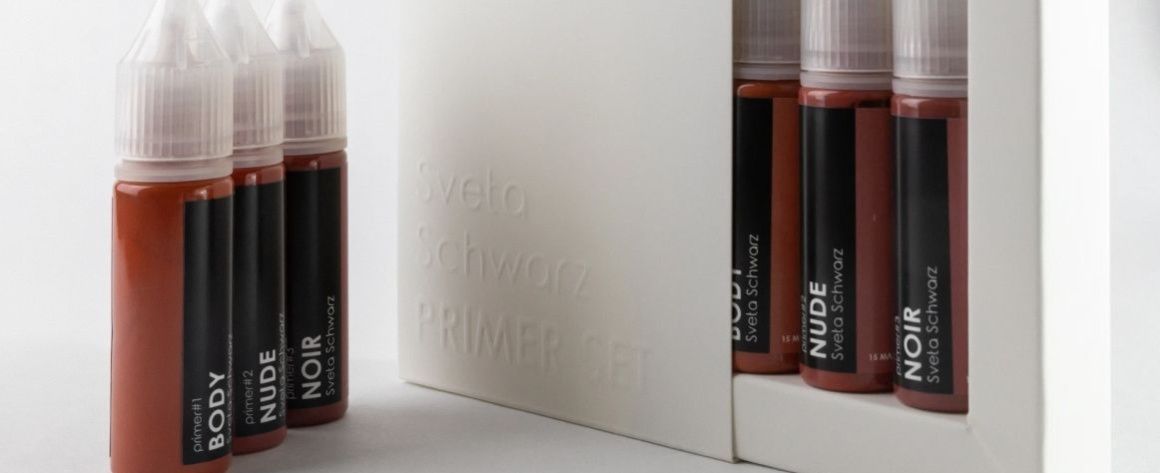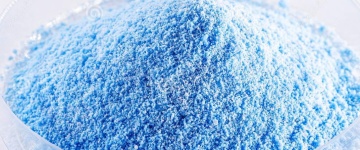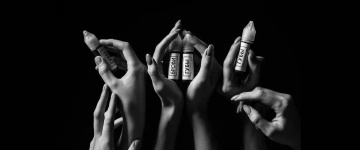Alcohol-free and Water/Alcohol-Bases
Inks are alcohol-free and water/alcohol-based. Everything else in the composition are excipients. It is incorrect to talk about glycerin base or some other type of base. All manufacturers have different bases.
That is why each manufacturer produces its own diluent.
Important Auxiliary Substances in Pigments
In addition to water, there are a number of additional components (160 substances are used in the production of inks and almost all of them are not indicated on the labels, since most of these components are not cosmetic ingredients), including glycerin, alcohol, witch hazel extract, rosin, solvents. All components in one way or another affect the properties of the produced ink: fluidity, surface tension, opacity and, most importantly, color retention.
More about each of these properties.
Alcohol balances the viscosity of the ink. It is not a preservative, it does not have antiseptic properties;
Hamamelis just serves as a natural antiseptic;
Glycerin is a trihydric alcohol. It acts as a solvent and humectant. Thanks to glycerin, the area of injured skin stays hydrated. The longer the injured area of the skin is moistened, the higher the percentage of healing. Glycerin also has hygroscopic properties—it binds water and prevents pigment particles from “spreading” over the dermis. This contributes to the excellent retention rate not only of shading, but also fine lines—hair strokes;
A little about diluting inks with water
The liquid phase of all inks is different, and dilution with water unpredictably changes their properties. Do not forget that all pigment particles are interconnected into aggregates and agglomerates via electrostatic bonds, which are also created by auxiliary components (surfactants and polyester resins). By diluting inks with different liquids, whether it is water, chlorhexidine or saline (and this happens), you break these bonds and reduce the level of all auxiliary substances in the composition.
This results in the following chain:
More water — the larger the ink drop — less surface tension due to excess water (ink doesn't "stick" well to the needle) — the cartridge splashes inks — less ink gets into the skin — unsatisfactory color retention after healing;
And there is one more unpleasant aspect: even one drop of water is enough to upset the balance of glycerin in the composition. In this case, particle migration will start immediately. It looks like blurring.
It is easy to avoid the negative consequences of diluting inks with water — use branded BROVI diluent.





